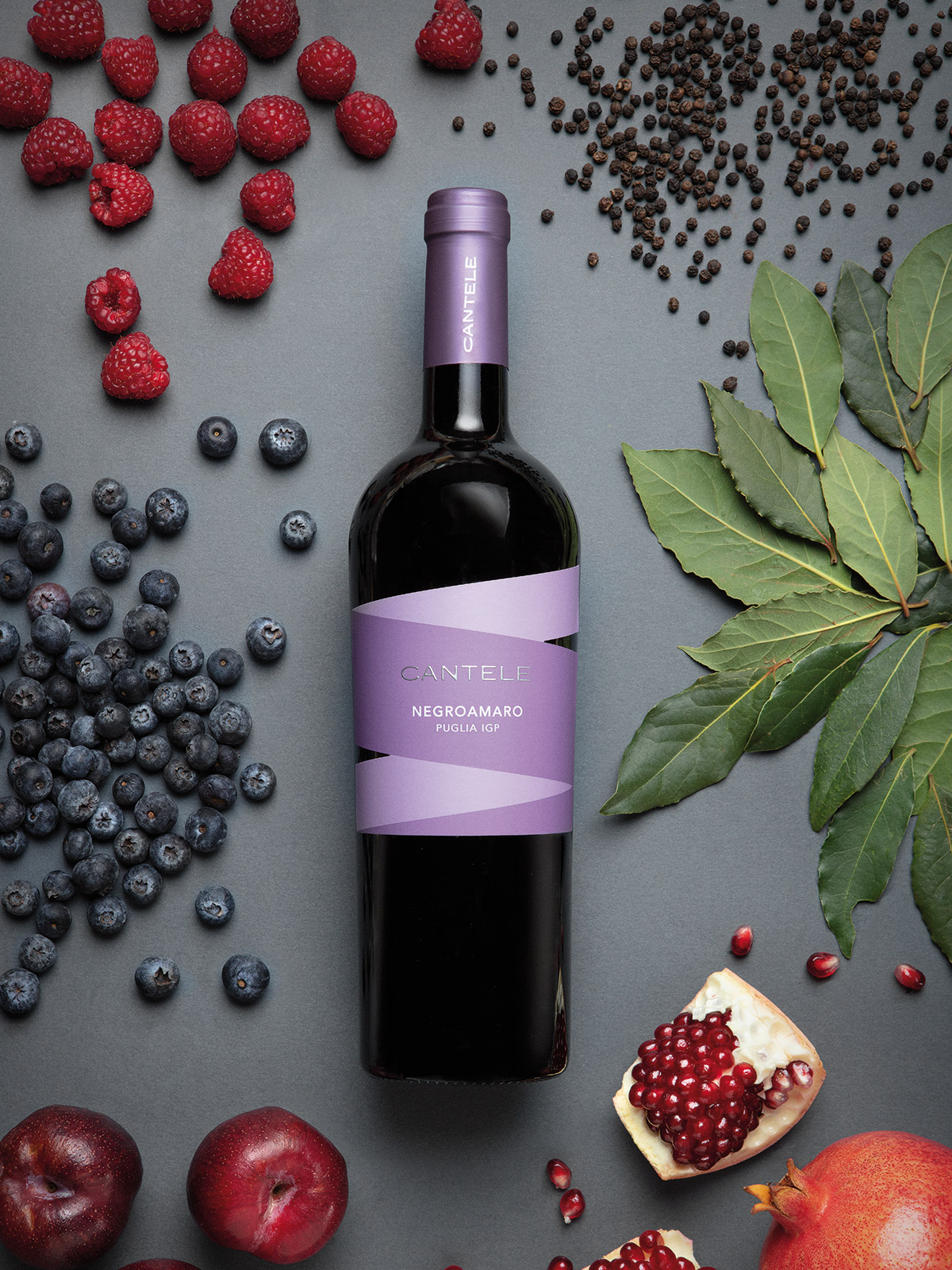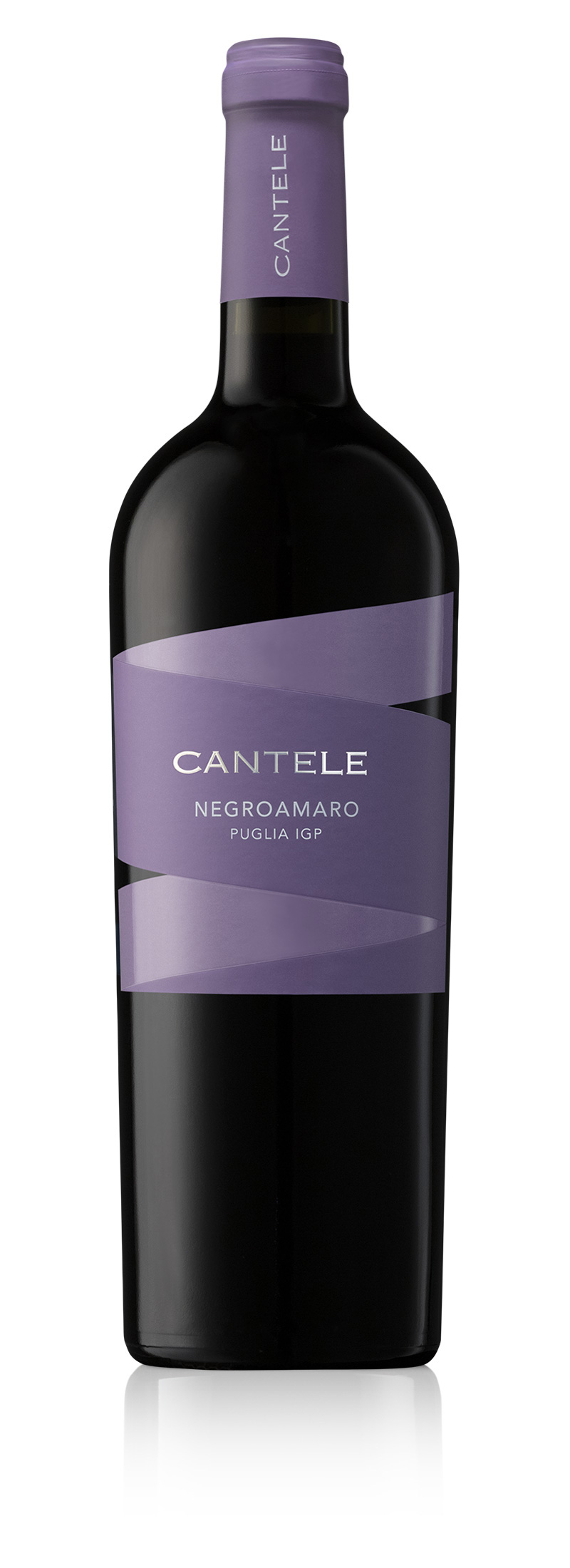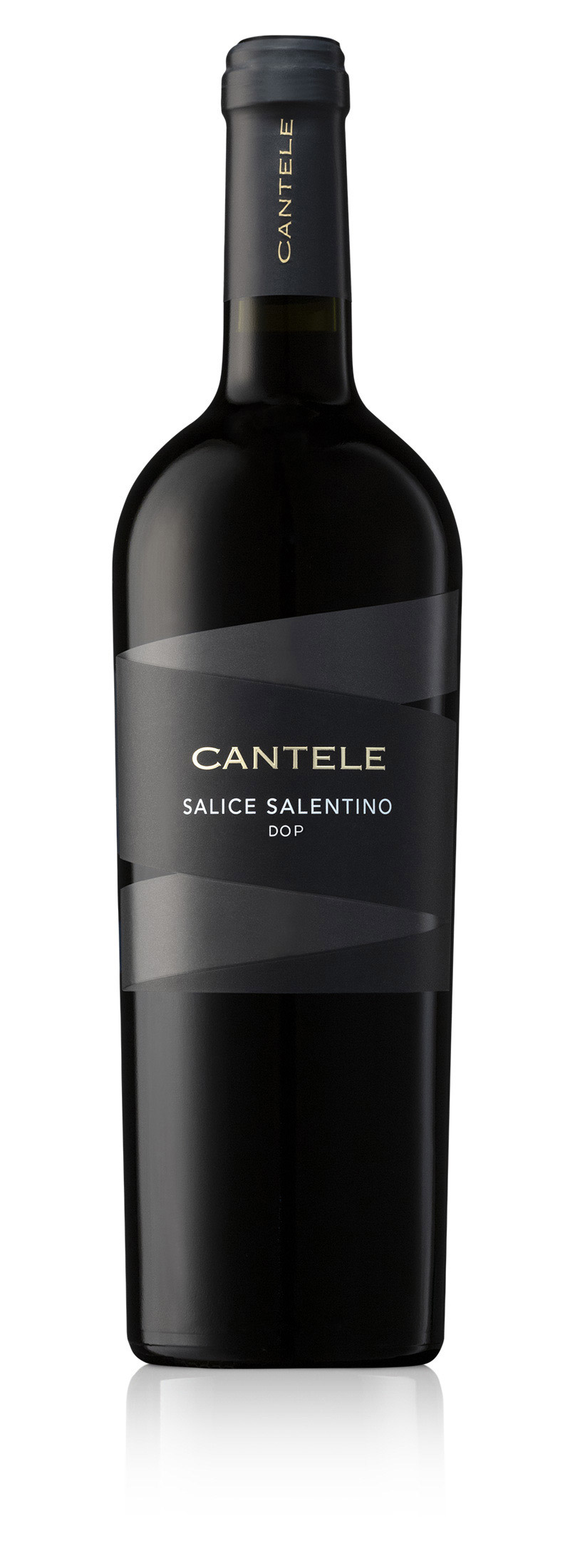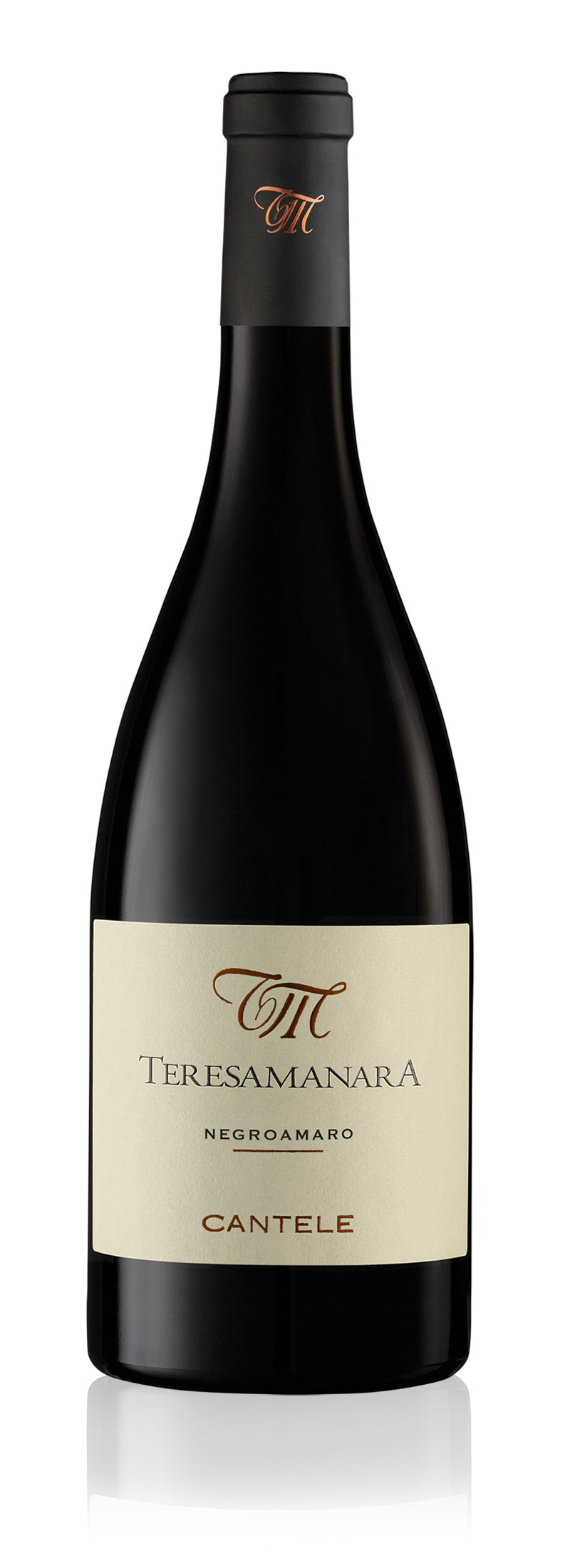| GRAPE VARIETY | Negroamaro. |
|---|---|
| PRODUCTION AREA | Guagnano (Le). |
| TRAINING | trellis pruned to a spur cordon system |
| HARVEST | Mid-September. |
Negroamaro
The authentic essence of Salento
This Negroamaro expresses the purest and most direct side of the grape, thanks to a vinification and aging process exclusively in stainless steel. The choice to follow this method aims to preserve the freshness and liveliness of a wine that embodies the Salento tradition in its most authentic form.
The name “Negroamaro” comes from the combination of two words, “niger” in Latin and “mavros” in Greek, both meaning “black.” This dual linguistic reference reflects the ancient origins of the grape, born from the meeting of Latin and Greek cultures that shaped the Mediterranean’s history. “Niger Mavros” is not just a name, but a tribute to the historical and cultural roots of this unique grape.
In the glass, it presents a bright ruby red color. On the nose, fresh red fruit notes, sour cherry, and subtle floral nuances emerge. On the palate, the wine is balanced, with lively acidity that gives it a pleasantly fresh character and a savory finish that recalls the winds and soils of Salento.
This Negroamaro is perfect for pairing with simple, authentic dishes, such as pasta with tomato sauce, fresh cheeses, or grilled white meats. Its immediacy also makes it ideal for social gatherings, where its freshness appeals to all palates.
With this wine, we celebrate the authenticity and beauty of our land, showing how simplicity can be the perfect vehicle to tell the richness of Salento’s history and culture. It is the Negroamaro as it should be: sincere, direct, and unforgettable.
| MACERATION | Skin contact for 5-7 days |
|---|---|
| VINIFICATION | Fermentation is carried out at 22-24° C |
| AGING | In stainless-steel vats until bottling |
| AGING POTENTIAL | Ready to drink. Evolution over 1-2 years |
Tasting Notes
COLOR: Intense ruby red with tender, soft hints of violet.
NOSE: Red fruit with delicate herbaceous notes with a wide range of aromas, including sour cherry, red prune, and thyme followed by flint.
PALATE: The flavor of this wine is defined by its balance of delicacy and alcoholic content set against its minerality and freshness. Nuanced and persistent, it starts out softly and evolves into a delicate yet confident finish with classic Negromaro notes.




